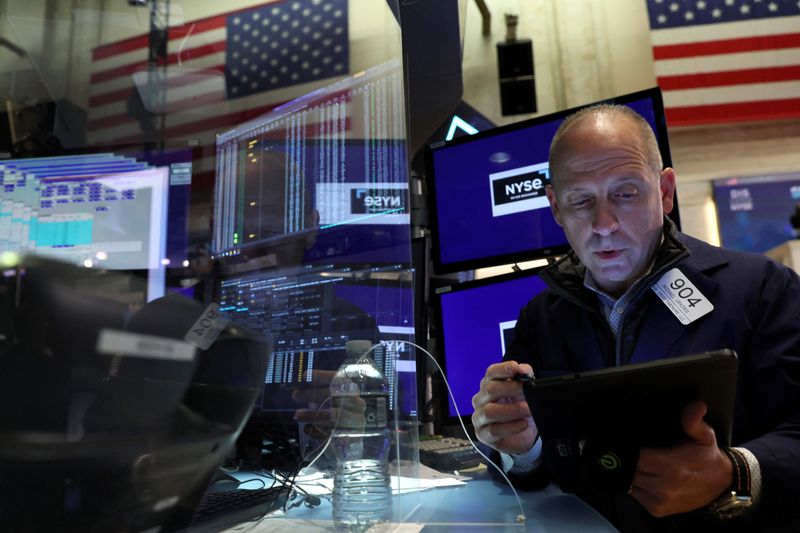German construction sector still in recession, civil engineering only bright spot
Investing.com -- The decline in the S&P 500 mirrors the pullback seen during the 2015–2016 industrial recession but remains short of the 20% drop recorded in late 2018.
The U.S. benchmark index fell over 10% in just two sessions, leaving investors perplexed by the speed of the shift from pricing in stagflation to bracing for a full-blown recession.
Lori Calvasina, Head of U.S. Equity Strategy at RBC Capital Markets, noted in a post-close Friday report that a stagflation scenario aligns more with a growth scare pricing, which could lead to a 14-20% drawdown, or an S&P 500 level around 4,900.
However, if full recession pricing takes effect, the index could drop to between 4,200 and 4,500, based on median and average drawdowns of 27% and 32% respectively since the 1930s, Calvasina wrote.
RBC’s technical strategists have identified the next support level for the S&P 500 at 4,954, which was the low in April 2024. The subsequent support level is at 4,884, a 61.8% retracement of the October 2023-February 2025 bull market.
Resistance is seen at 5,126 and 5,228. Friday’s closing price stands at 5,074.08.
Defensive sectors outperformance
Classic defensive sectors are outperforming, with Energy, Tech, and Financials showing the worst trends. Calvasina noted that this defensive leadership mirrors the pattern observed during the 2018 trade war.
Financials and Tech were among the worst-performing sectors during the 2018 trade war announcements, and while Energy was lagging then, it seems to be taking a stronger hit this time, which is not surprising given collapsing oil prices. On the other hand, Industrials are showing more resilience.
Calvasina expressed surprise at the two consecutive days of stocks gapping down, and she noted that while data doesn’t yet show it, recession worries have started to surface in discussions.
The latest updates suggest that geographical rotation is no longer the primary factor affecting the U.S. equity market. Signs of derisking and moving to the sidelines were evident even before the Rose Garden tariffs were announced, Calvasina concluded.
